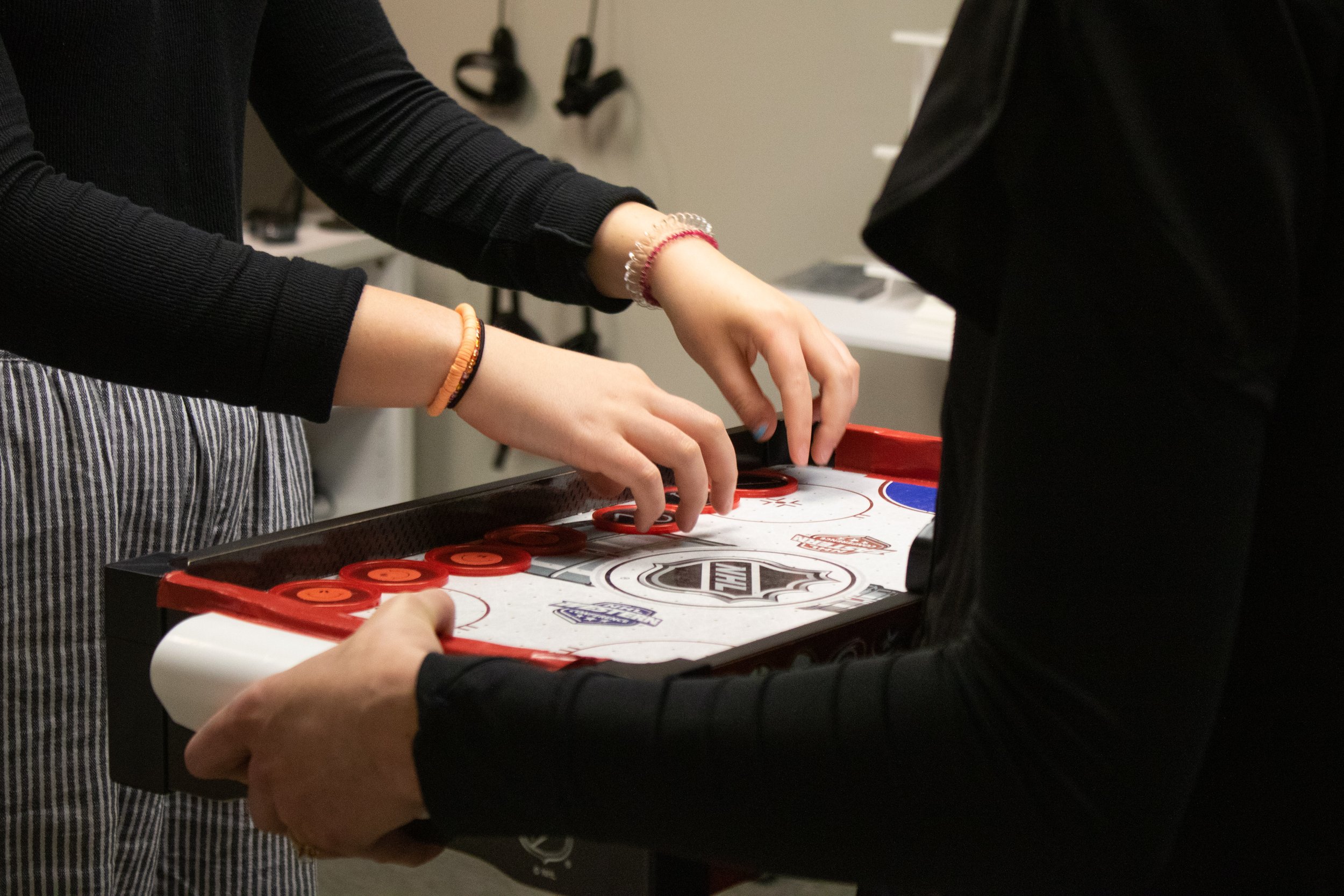
We get it, you’re looking for answers. Could Vision Therapy be a step in the right direction?
What is Vision Therapy?
Vision therapy is a complex treatment to build or rehabilitate the visual pathways to the brain. It addresses visual skills like eye teaming, eye focusing, tracking, reading eye movements, depth perception, visual information processing, and visual-motor integration, just to name a few. Visual processing problems are hard-wired deficits in the brain which can be caused by poor visual development in the early years of life or a traumatic brain injury. Vision therapy is neurological, and trains the brain to use the eyes for more efficient, accurate, and automatic visual learning and processing.
What to expect at Vision Therapy?
Vision therapy is an individualized treatment plan, created to address the problem areas. These activities, although difficult, are often fun and build off each other from week to week. Treatment plans are typically between 3 and 12 months long depending on the diagnoses and severity. Each week the patient will work one-on-one with their vision therapist for one hour, plus be responsible for a short amount of daily home activities to reinforce the skills that were worked on in the office. Throughout the treatment plan, the patient will complete progress evaluations with their developmental optometrist to confirm that they are improving and adjust the plan as needed.

“Much more than just “eye exercises,” vision therapy is a drug-free, effective, and evidence-based set of procedures. When performed under the supervision of a behavioral optometrist, vision therapy can correct and enhance the skills necessary for proper vision.” COVD.org
Did You Know? Typical eye exams can miss at least 50% of learning-related vision problems.
Here are a few indicators that you or your child would benefit from Vision Therapy:
Headaches, eyestrain, and fatigue with reading
Reading takes excessive effort
Not meeting potential in reading
Poor reading comprehension, must re-read text
Frequently loses place, skips lines/words, needs to use finger to keep place
Rubbing eyes frequently, especially during reading
Excessive head movement while reading
Short attention span, cannot sit still while reading or up close work
Avoidance of near vision work
Sloppy handwriting, can’t stay in lines, poor copying skills
Trouble discerning right from left
Take a symptom assessment to see all symptoms.


